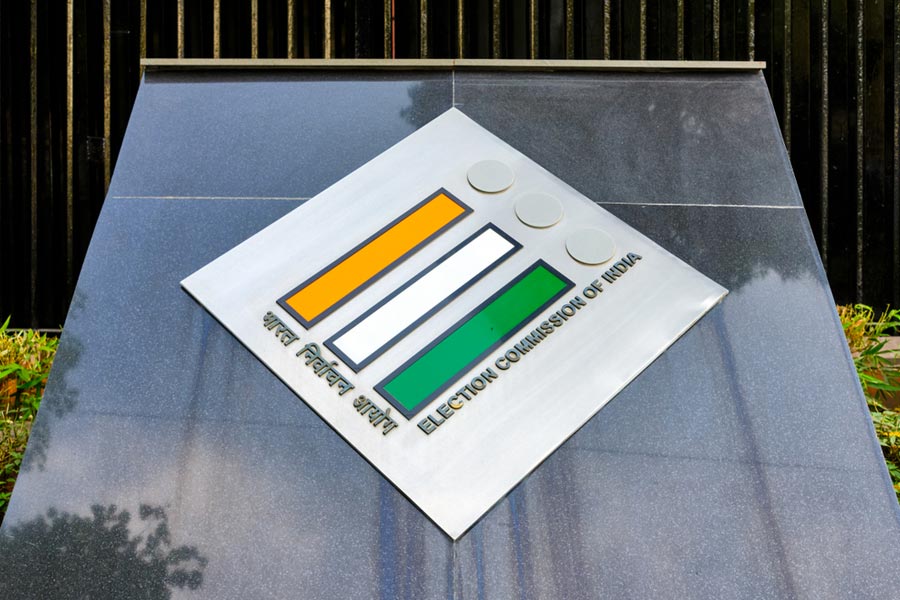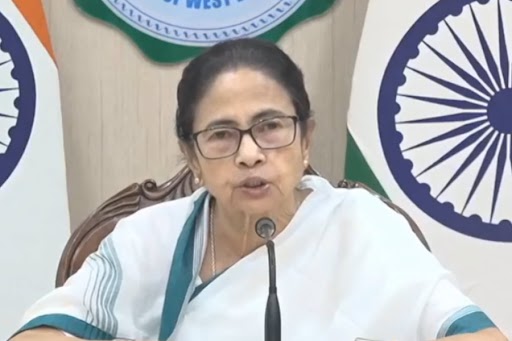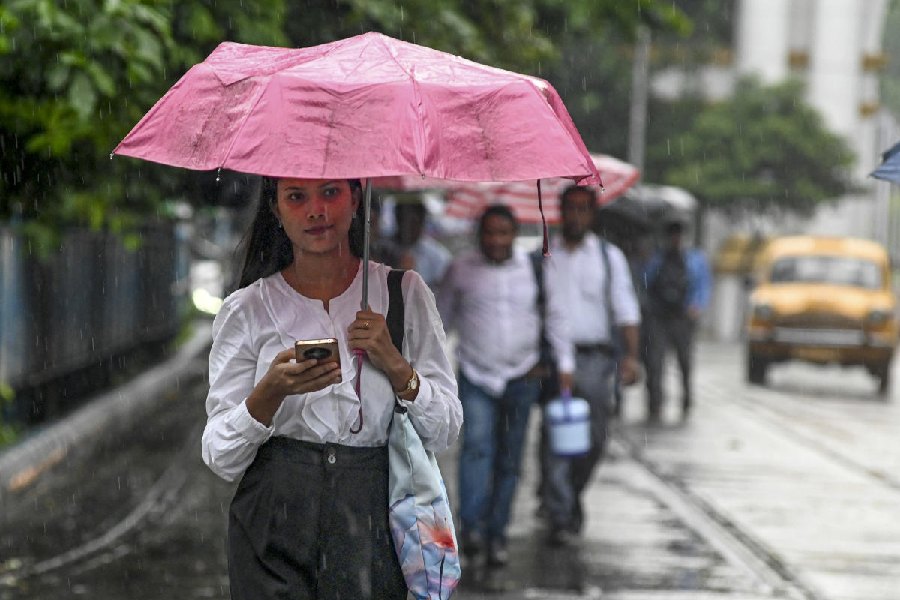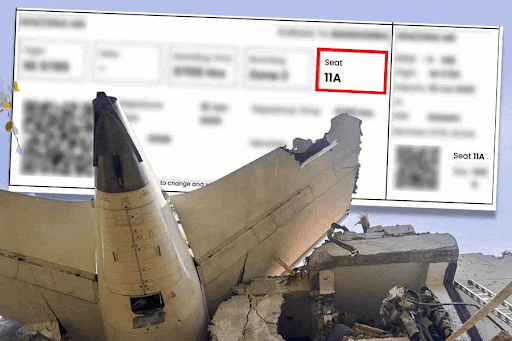Agartala, Jan. 7: Jolted by predictions of an earthquake wracking the Northeast by 2010, the Tripura government has put its disaster-management act in order.
After the havoc wrought by the December 26 quake and the consequent tsunami across Southeast Asia, the Left Front government is leaving nothing to chance.
The government has formed a 13-member state-level disaster monitoring committee with the chief minister at the helm.
Sources in the department of science and technology said the committee would follow the Japanese model of disaster management in Tripura.
The administration has also started constituting teams comprising officials and civilians to deal with any eventuality.
These steps are in addition to the ones already taken to bolster disaster preparedness in the state.
Earlier, disaster management was incorporated as a part of the curricula from Class V upwards.
From the current academic year, the Tripura Board of Secondary Education introduced the study of environmental science at the school-level.
The textbook on environmental science includes a detailed chapter on geographic information system (GIS) and mapping of the state?s residential areas, especially in urban centres.
According to information released by the department of science and technology, Tripura figures in the ?very high earthquake damage risk zone? in the Vulnerability Atlas of India.
Officials said the grim predictions made about Tripura in the Vulnerability Atlas relates to ?the possibility of heavy storms and floods? by the year 2010.
?For the present though, we are concentrating on likely threats from earthquakes. We have issued instructions to strictly follow construction guidelines,? a source said. ?According to the atlas, Tripura belongs to Category V in terms of risk from an earthquake of intensity 7-7.5 on the Richter scale that may strike the state.?
In view of the various warnings, the state urban development ministry has asked Agartala Municipal Council (AMC) and the nagar panchayat authorities to formulate a comprehensive strategy on regulating construction of new buildings and ?retrofitting? existing buildings to avert a likely human disaster in case of an earthquake.
Officials added that most of the historical buildings, including the royal Ujjayanta Palace, are vulnerable to seismic shocks and renovation will be undertaken soon.
Urban development minister Badal Chowdhury told a seminar recently that engineering cells in the AMC and the nagar panchayats would monitor the construction and repairs of buildings to ensure compliance with the official norms set for making them earthquake-proof.
He also hinted that a total stop would be put to construction of multistoreyed structures.
?Unless we are very serious from now on, a disaster like the one caused by the recent tsunami may occur in the Northeast and in our state too,? Chowdhury said.
Sources in the urban development ministry said, according to information made available by national seismic advisor (NSA) A.S. Arya, between 1792 and 2003, 42 ?moderate to high-magnitude? earthquakes have been recorded in Tripura?s bordering areas and within a radius of 100 km from the state. In the great Assam earthquake of 1950, Tripura had suffered minor damages but earlier, in 1897, the state had been devastated by a massive quake.










